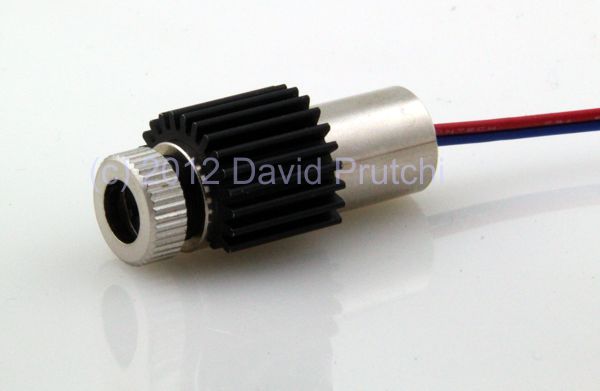 I HAVE NO RELATION TO SELLER – Just passing along in case someone is interested.
I HAVE NO RELATION TO SELLER – Just passing along in case someone is interested.
eBay item number 271206242864:
“The EG&G (or Perkin Elmer) SPCM-AQR is a self-contained module which detects single photons of light over the wavelength range from 400 nm to 1060 nm and sensitivity which often outperforms PMTs. The option 13-FC indicates 180 micron diameter Si APD, Dark Count < 250cps and FC connector attached.
I obtained this detector in working order five years ago and have not used it since then. The detector comes with two unknown optical fiber cables (one end: FC, the other end: bare fiber) and a supply cable to which you need to give 5V. No manual included. The US sale only.”




 Our diy entangled-photon source, shown in the
Our diy entangled-photon source, shown in the 

